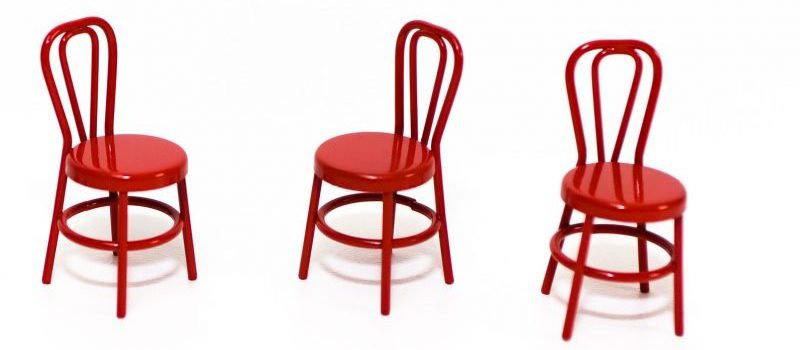“I didn’t think that would work, but it was fun, energetic and it gave us the discipline to listen and focus on a single topic of conversation”
,
She was referring to the agreements that the team had just had made on their new Vision, one of the necessary and sufficient 9-Dimensions red10 help teams to put in place for themselves so that they can thrive.
Just like red10’s other Team Tools such as Fist-5 and Scope then Send, the 3-Chair Challenge is straight-forward, though it needs to facilitated confidently. Three empty chairs are placed at one end of the room, with the team sat facing them. Only two chairs can be filled – and must be filled – at any point in time. These two people have a conversation with each other that the team listens to – you can only speak if you occupy one of the 3-Chairs. If anyone steps up to occupy the third chair, then one of the existing two people must leave. Alternatively, one of the people in the two filled chairs can invite someone to replace them.
I first started using the technique when coaching a team with over 20 members who were struggling to listen properly to each other and therefore finding it difficult to reach conclusions. After the usual sceptical looks and a slow and slightly awkward start, a few team members realised that this was an opportunity to influence, creating a ‘buzz’ of people joining and leaving the 3-Chairs. It wasn’t long before the remaining team members recognised that agreements were being made and either stepped up themselves or brought in those they hadn’t heard from yet to ensure a team decision could be made.
A few weeks ago, I used the process with a team of just five members, and found that it worked just as well at bringing both energy and discipline to the conversation. It was a little more challenging with a virtual team last year, though we found a way to set aside the left-hand side of each of the Video Conference rooms for the ‘3-Chairs’ and found that the technique brought us together despite the physical separation.
With a facilitator scribing the main themes, it works particularly well for making agreements on concepts such as determining why the team exists and what its Vision needs to be. A team member this year took the process to a whole new level as – without prompting – he acted an aged version of himself, hobbling up to one of the 3-Chairs to talk about the difference that the current team had made to his future health. It was one of many ‘moments’ that created a shift in mind-set that everyone could sense.
Hold on, someone else has stepped up to take the empty Chair, I’d better hand over…

